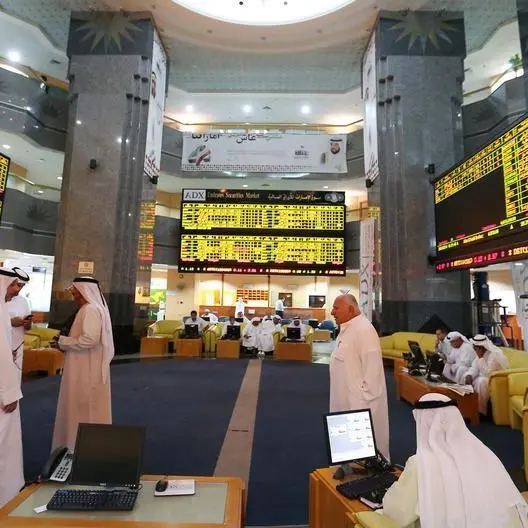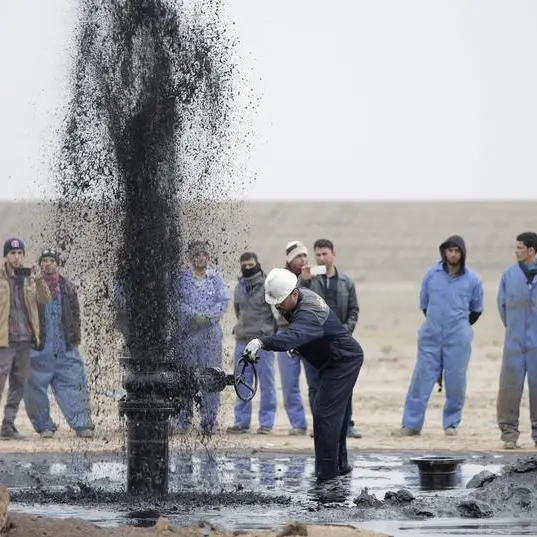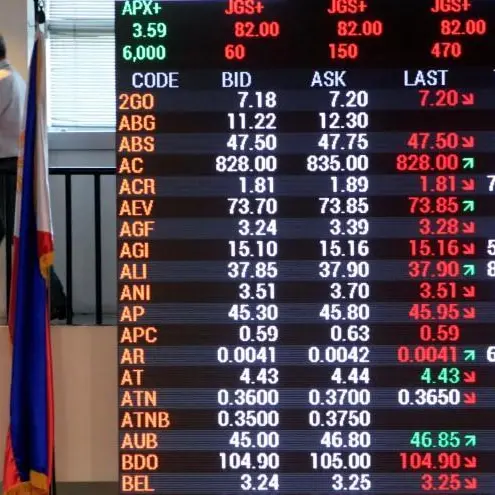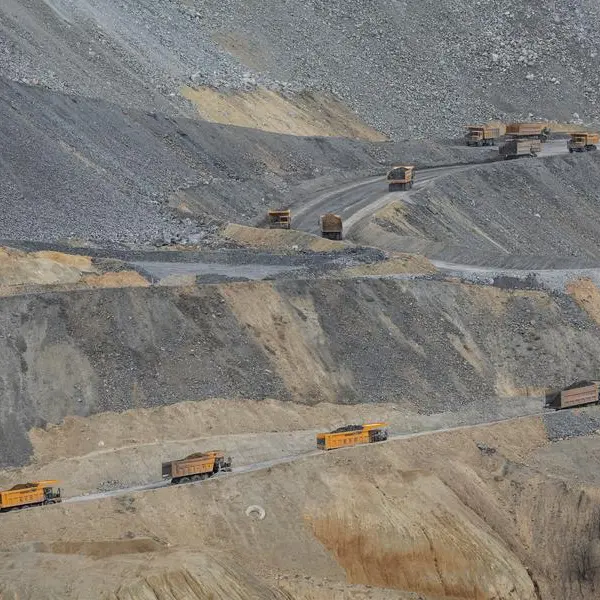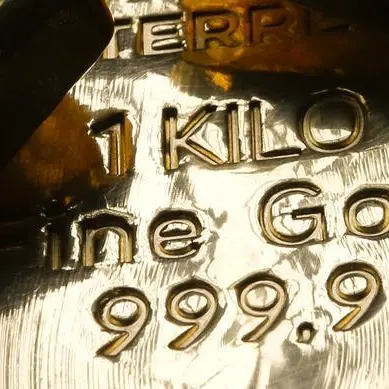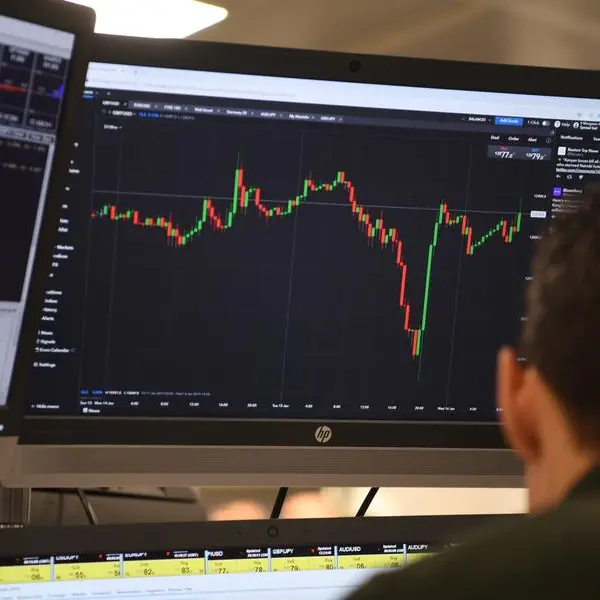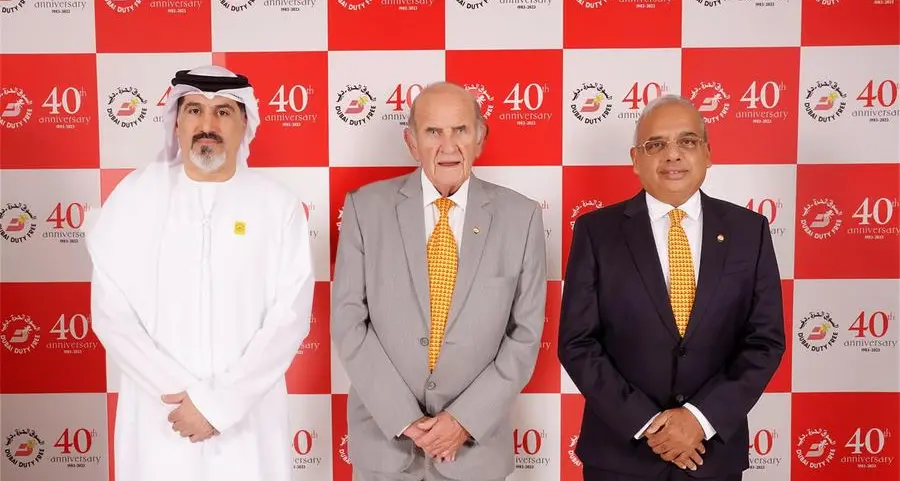It is our considered opinion that the oil market treats spare production capacity the way most people treat umbrellas: No one cares about them until after a storm hits. Given the long and varied history of the global energy market, we suppose the lack of concern is understandable but nevertheless warrants reconsideration.
When we began attending OPEC meetings 36 years ago, ministerial conferences lasted weeks at a time, literally. The group had cut its crude production from 31 million barrels per day in 1981 down to 16 million barrels per day by the time we became an attendee in 1986. Its 15 million barrels per day of spare output capacity compared with a total global oil demand of about 62 million barrels per day at the time. Making further output cuts seemed an almost Herculean task, and no one worried about market tightness even as oil facilities came under attack during the Iran-Iraq War.
OPEC’s relatively high level of spare production capacity persisted into the late 1990s, and market risks were generally slanted toward excess. As a result, the ongoing issue became imprinted on market watchers, including the money manager community. The bias has remained so prevalent that most dismissed OPEC’s quota deals going back to the November 2016 agreement. Herein lies the problem.
If one assesses the past two decades of global oil demand growth versus non-OPEC supply growth, the net result was increased demand for OPEC oil and a related whittling down of its spare output capacity. Looking out over the medium term, we forecast global oil demand to fully recover as coronavirus disease (COVID-19) morphs from pandemic to endemic. Non-OPEC supply, on the other hand, will not see a commensurate rebound.
We are well aware our forecast is out of consensus, but note that our view is not borne of an underlying bullish bias but rather an assessment of data that portends bullish pressures. Global capital budgets for oil production have been slashed by over $2.2 trillion since 2014’s high watermark, and challenges to grow oil production are going to be exacerbated by strong and evident anti-carbon lobbying.
The under-investment in oil production capacity is also being fostered by false hopes that global oil demand has made (or will soon make) a peak and then fall into secular decline. As we noted in our past columns, oil demand is perfectly inelastic for reasons related to its use. We see no substitute of scale that can displace petroleum in the global energy mix over the next few decades. The world will continue to run on oil, and no amount of virtue signaling will change that.
If our oil balance math proves close to the mark, and we have good reason to believe it will, 2022 will see draws on inventories on top of the massive, record draw witnessed last year. We are already seeing evidence of that, which is notable given the consensus oil balance projection calls for inventories to build this month — and for the year as a whole.
Copyright: Arab News © 2022 All rights reserved. Provided by SyndiGate Media Inc. (Syndigate.info).

